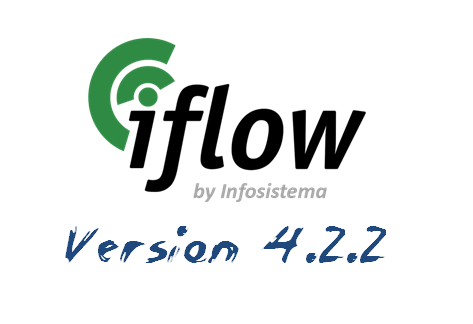
Autor: Ian Lowv – BPM Program Implementation – An Important Checklist for Success
Since the emergence of Business Process Management (BPM), organisations adopting it have had a wide variety of experiences – some successful and others less so. Some would argue that because BPM is so amorphous that any project is considered to be analogous to ‘boiling the ocean’ and therefore the outcomes may vary from exceptionally successful to, in some cases, disastrous.
Typical challenges that often cause concerns during a BPM initiative include:
- Focus on automation supersedes process excellence and continuous improvement
- Complex transformation programs end up in failures, as the business scope is not prioritised and the program roadmap not defined in advance
- Traditional Waterfall business requirements & process analysis phase takes an average of 6 – 9 months with no results to show in production for at least a year and as a result, business sponsors often get disillusioned with BPM
- Lack of alignment between the investments across business strategy, process improvement and automation activities
- Business outcomes and Key Performance Indicators (KPIs) are rarely validated in terms of actual metrics
- BPM solutions are usually designed without considering the holistic Enterprise Architecture
- Confusion between value of BPM platforms and CRM, EAI, ECM platforms
- Average time to assess BPM needs, define technology specifications, evaluate alternatives and arrive at a technology decision takes more than 6 months
- Role of BPM in enterprise technology stack is not standardized or defined.
As a management consultant and a BPM practitioner, I have been through many situations in which I have helped organisations implement new BPM initiatives and turn around less successful projects. My experience in handling such challenges has allowed me to identify the specific characteristics of a successful BPM project.
The three main steps that can help ensure the success of BPM projects are:
- Setting the vision, articulating the business problem and quantifying it
o Educate IT and business teams about BPM fundamentals
o Align stakeholders/ departments on initiative scope & priorities
o Have a clear understanding of the business problem as it relates to business objectives
o Identify a ‘Candidate’ process for the first project
o Ensure business case and define KPIs for improvement
- Mobilizing teams and delivering a solution to the business problem
o Ensure there is business participation in all phases of the project
o Ensure team composition has a well balanced mix of IT, process and business user representation and expertise
o Ensure business transformation supersedes technology goals
o Select suitable technology platforms (Process/Rules/Integration/UI/BAM)
o Agree upon and adopt suitable BPM methodology & standards. Don’t adopt a Big Bang approach! Iterative approach ensures ‘Quick Wins’
o Ensure BPM design and architecture are scalable and built for change
- Measuring the outcomes and seeking the next business problem
o Have clear metrics to ensure that the outcomes can be appropriately measured
o Identify the roadmap with prioritised follow on opportunities
Adopting these guidelines will allow businesses to have better control over their ability to drive business change rather than react to changes placed upon them. IT will also have more flexibility to integrate existing systems that deliver solutions which are in line with business needs and end user expectations.
As new iterations of the same process or new processes are brought onboard, a momentum is created and what started out as a tactical solution becomes a strategic and dynamic process platform. In addition, the various systems that are currently used to deliver a silo capability to the various functions inside each of the organisation’s divisions can be exposed to other divisions (if appropriate) and therefore improve IT reuse and drive consistent working practices across the organisation.
I would be keen to hear your experiences and lessons learnt while implementing BPM programs.
 A solução iFlowBPM tem vindo a aumentar o seu número de parcerias nos diversos países. Desta vez conta com mais um parceiro, agora em Espanha – a Ibermática.
A solução iFlowBPM tem vindo a aumentar o seu número de parcerias nos diversos países. Desta vez conta com mais um parceiro, agora em Espanha – a Ibermática.





